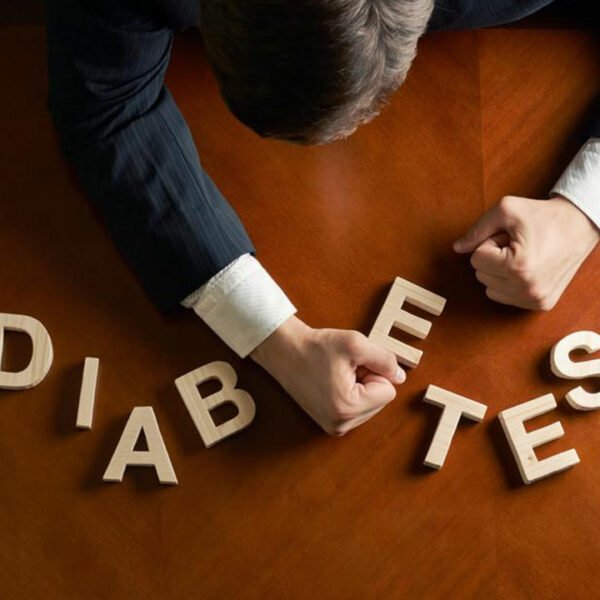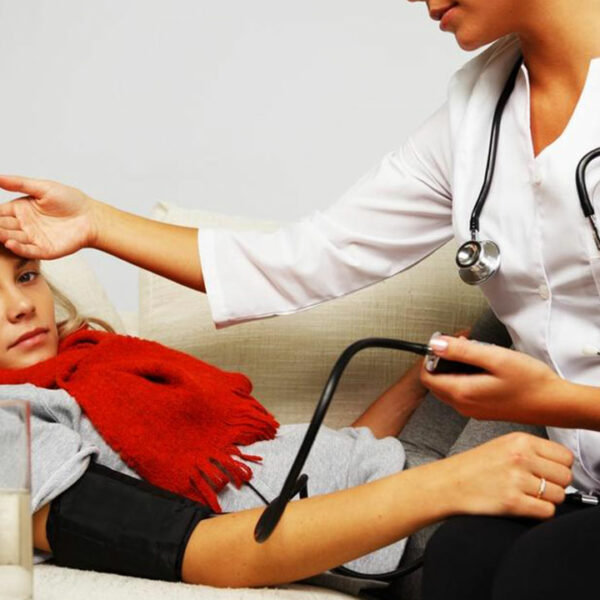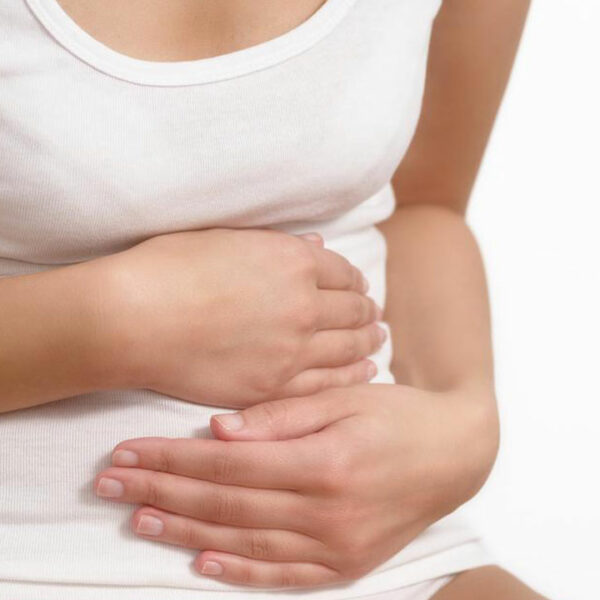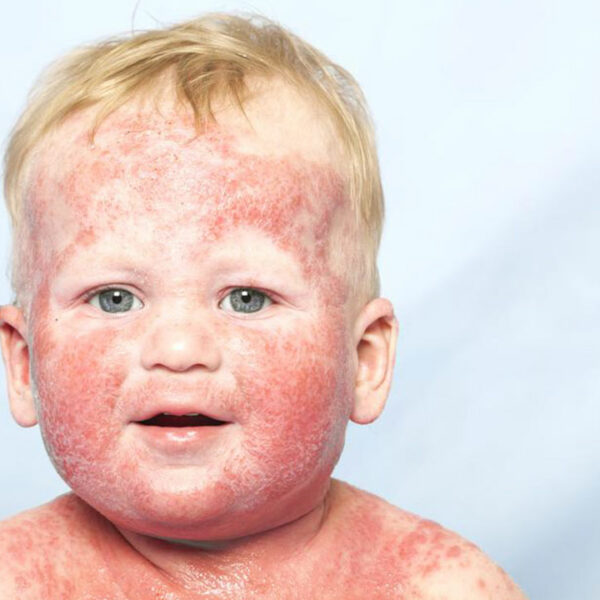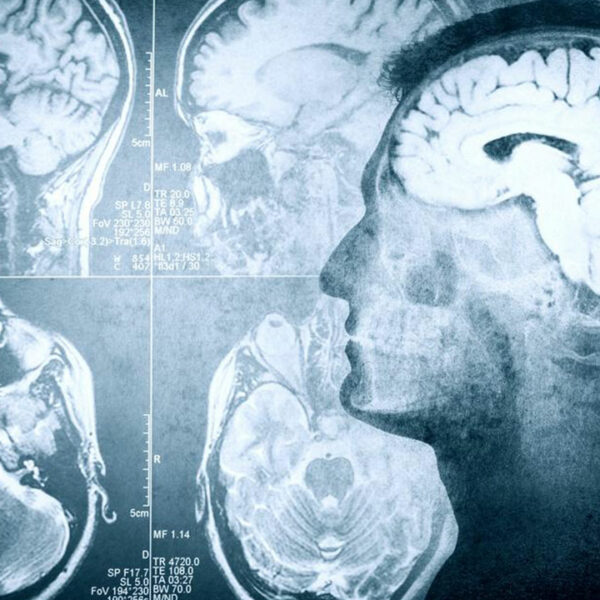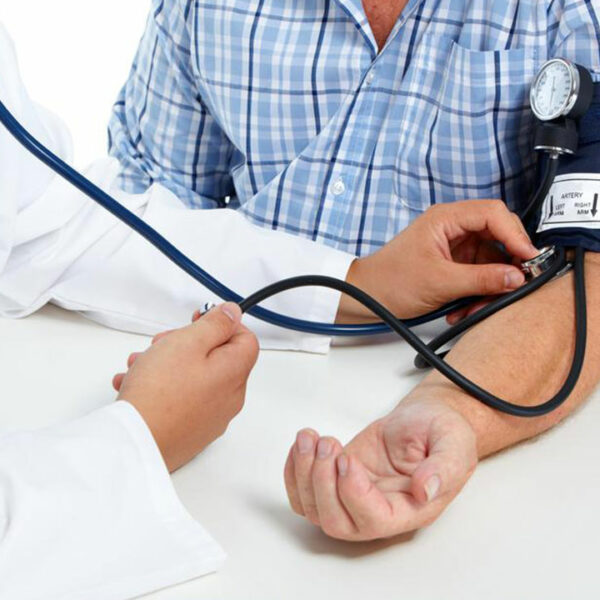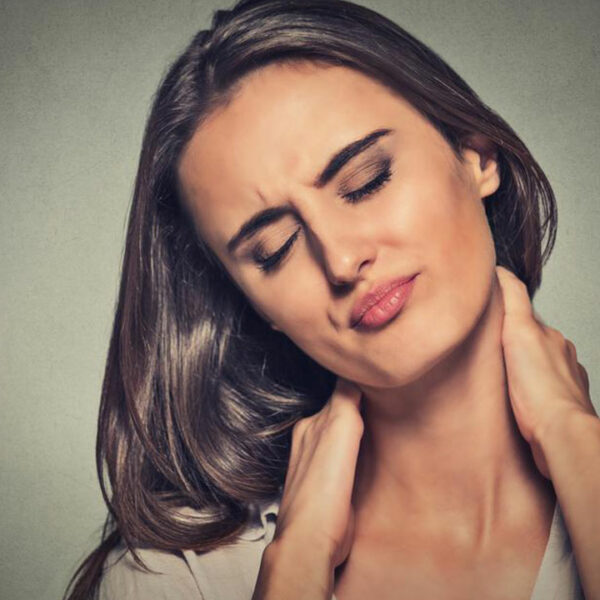
Male Breast Cancer – What You Should Be Aware Of
Breast cancer among women is commonly known around the world. The rate of breast cancer in women is much higher with 1 in every 12 women suffering from this disease. While breast cancer is something that most of us associate with women, little do we know that men too can be victims of this disease. Male breast cancer is rare, but it does account for about 1% of all breast cancers. Men possess rudimentary breasts or non-functioning breast tissues. This means that, just like women who have breast cancer, male breast cancer involves the uncontrolled growth and potential spread of some of the cells in the breast tissue. When these cells multiply abnormally, they become irregular in behavior and appearance; they end up becoming cancerous. How common is male breast cancer? As we know that male breast cancer is relatively rare, as opposed to breast cancer in women. Breast cancer is about 100 times more common in women, and an adult male’s lifetime risk of developing this disease stands at about one in every thousand men. The rate of breast cancer in men has remained stable over the last 30 years. What are the symptoms of male breast cancer? The symptoms of male breast cancer are more or less similar to breast cancer symptoms in women.
